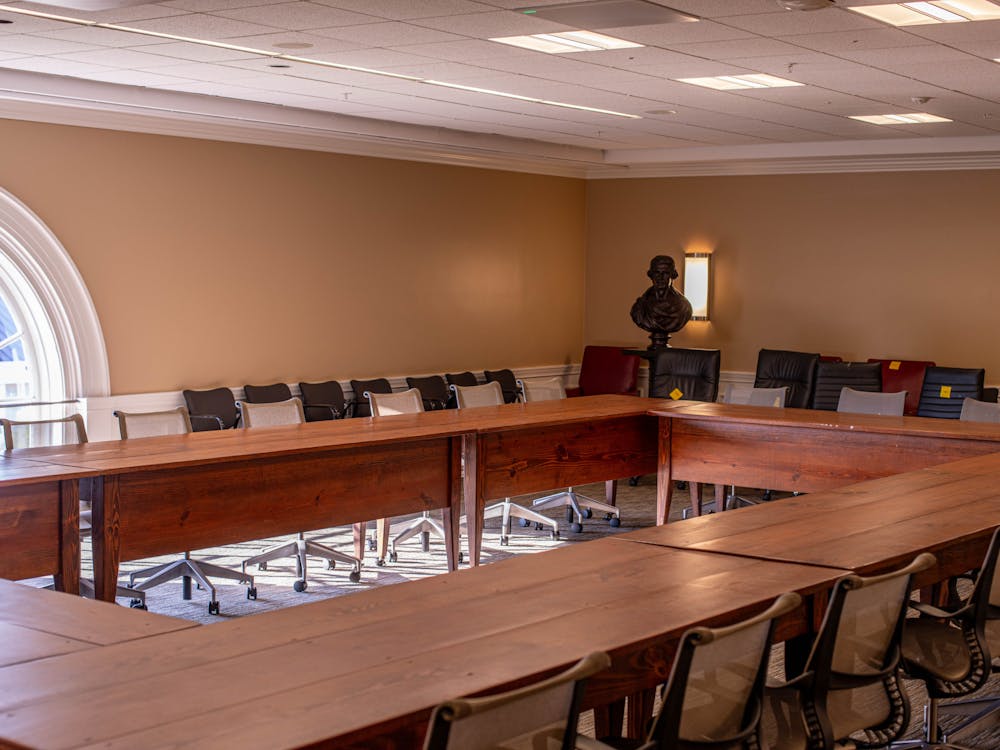Valued for his knowledge of metal alloys, Prof. Robert Kelly, of the department of materials science and engineering, has been involved in the planning and production of the national Pentagon Memorial since summer 2003. The memorial will be officially dedicated today, marking the seventh anniversary of the Sept. 11, 2001 terrorist attacks.
The memorial consists of 184 individual “memorial units” on the grounds of the Pentagon representing the 184 victims of the attack on Sept. 11. Each unit includes a reflecting pool and bench with an inscription of the victim’s name.
When they first submitted their plan, memorial architects Julie Beckman and Keith Kaseman proposed using aluminum.
“We knew we wanted a silver metal, something that was polished to a nice finish,” Beckman said. “But we realized quickly that aluminum was not the appropriate material for that outdoor environment,” as aluminum is not particularly resistant to corrosion.
The design team consulted Kelly for advice in selecting a new material, and he suggested using stainless steel.
Another potential problem affecting material selection was the inscriptions of victims’ names on the memorials.
“The first material I suggested would have been outstanding from a corrosion perspective,” Kelly explained. “However, it was very difficult to cast, and it was extremely hard. We ended up revising the design and found an alloy that will perform superbly, and it’s much easier to cast.”
He noted that there are hundreds of different steel alloys, and they all have different chemical compositions that are optimized for different uses.
Though the memorial was constructed using a different material than originally planned, the overall design of the memorial has not been greatly altered, according to Beckman.
“It’s like we watched the original copy come to life,” she said. “The scale figures just start to walk around when we go down there.”






